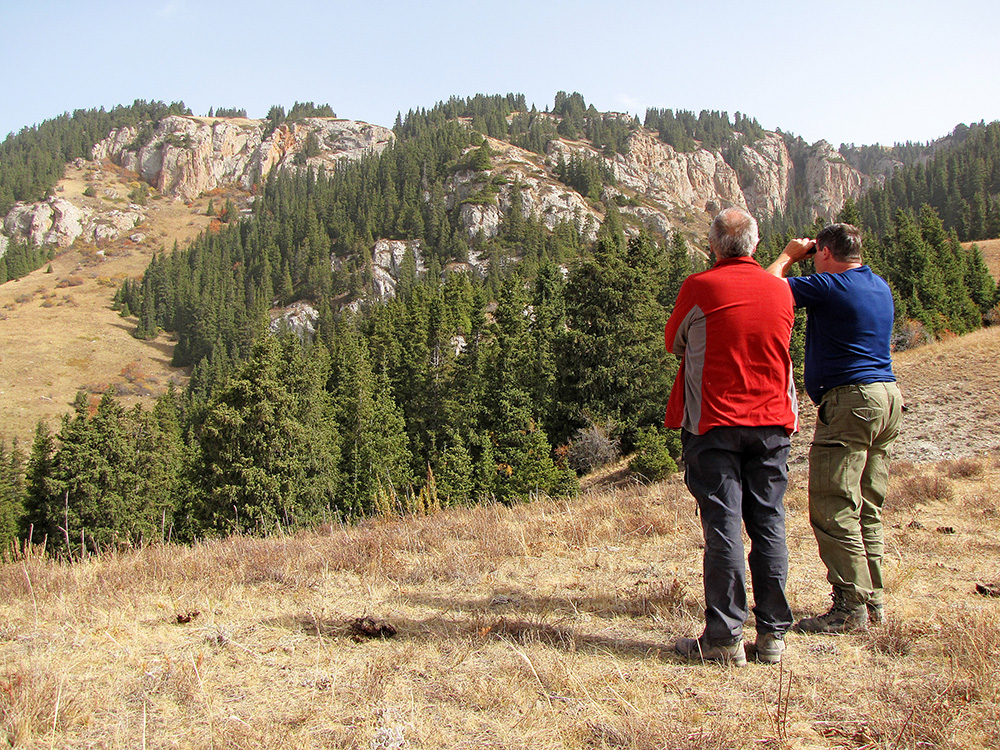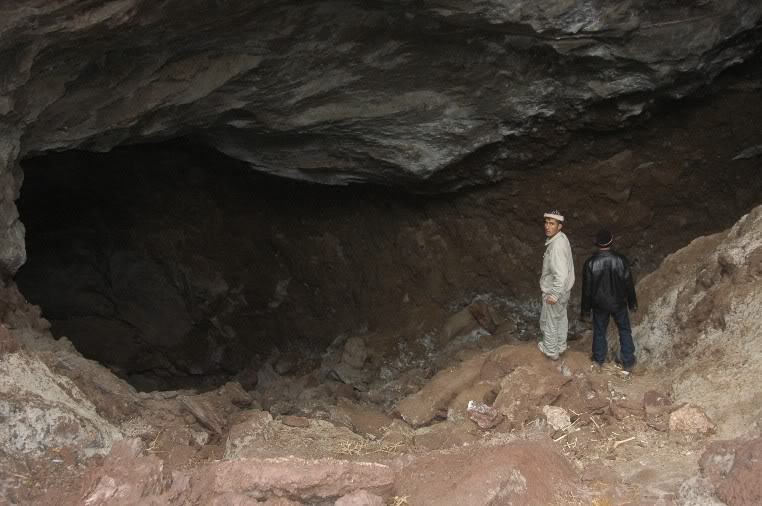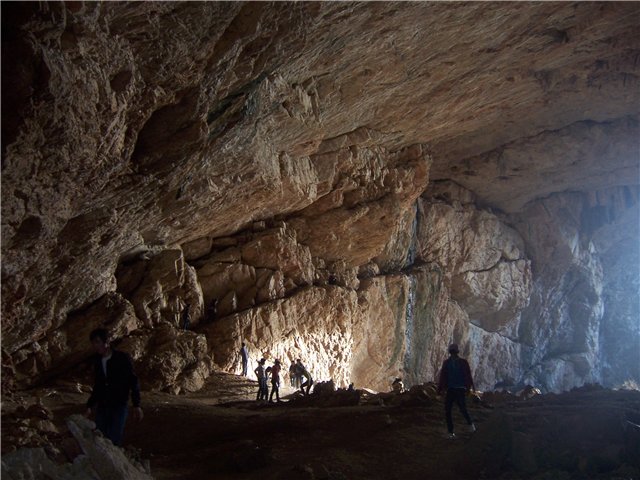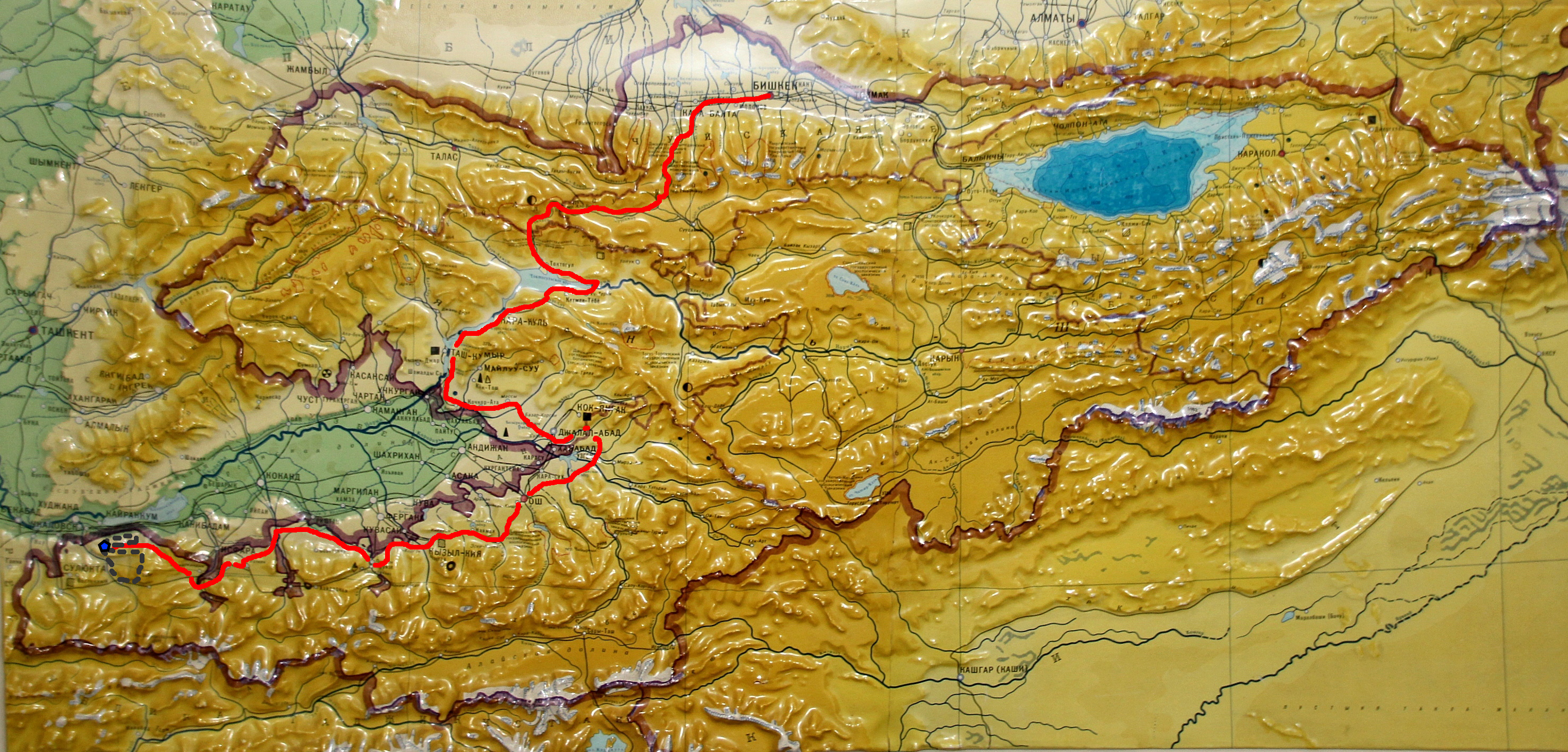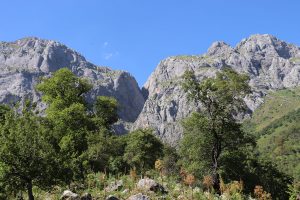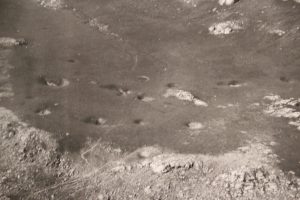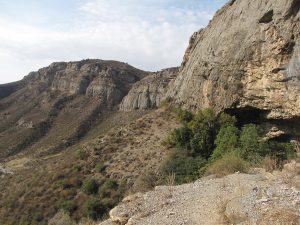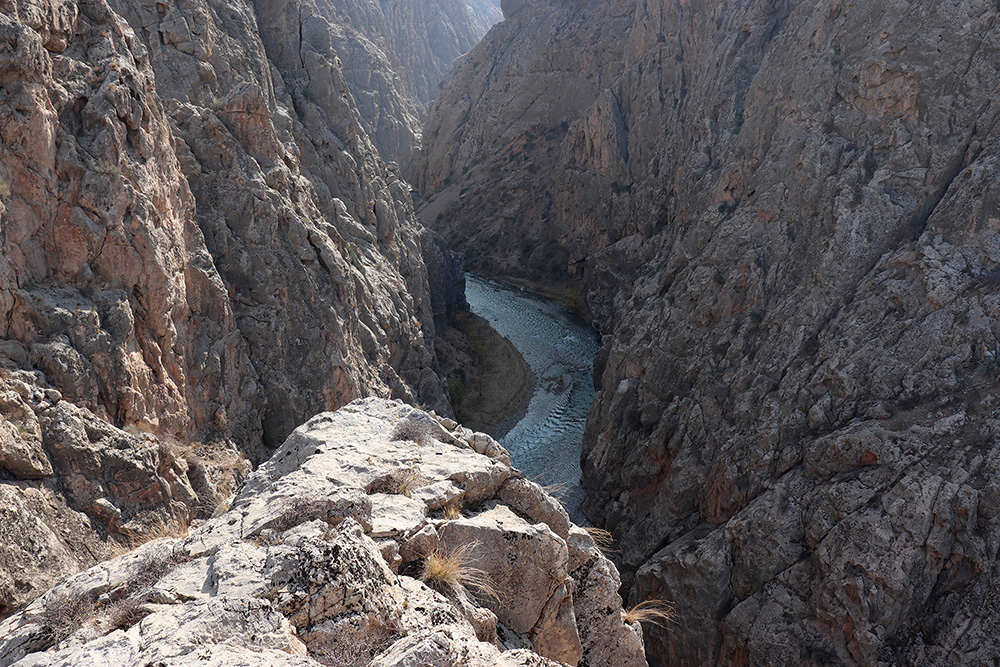
We invite cavers and researchers to take part in a speleological expedition to a new karst area.
Only a good and experienced team of cavers will be able to explore the caves in this hard-to-reach area.
Preliminary dates of the expedition for August, 2021
Expedition dates are not fixed.
If you have a speleoclub, speleo federation or a separate team, you can choose the dates convenient for you.
Kozu-Baghlan is an unknown vast karst area. This karst area has never been explored by speleologists. The karst area is isolated from civilization and is located far from large population centers. This is one of the most remote karst regions in Kyrgyzstan.
In 2020, we conducted a reconnaissance of the area and saw classic limestones with signs of karst processes: furrows, grottoes, niches, etc. Unfortunately, we were not able to explore the inner part of the canyon.
The Kozu-Baghlan karst area is composed of Carboniferous (C) and Devonian (D) limestones. Kozu-Baghlan is a monolithic mountain range with many tectonic faults and cracks. Kozu-Baghlan Canyon marks one of the major tectonic faults.
We plan to explore this karst area in 2021. Therefore, we invite a team of speleologists who will be able to walk a lot on difficult terrain and look for new caves. Here, on the vertical walls of the canyons, the entrances to the caves should be located, so we need a group of experienced climbers.
The region is located between the Fergana Valley and the Turkestan mountain range. From the point of view of geologists, it belongs to the tectonic system of the Southern Tien-Shan. This area is located in relatively stable tectonic conditions. It has a harsh continental climate with hot summers and warm winters. Despite the fact that this area is surrounded by a desert landscape, it is a large accumulator of moisture in the autumn, winter and spring periods. There are large karst springs that drain at the foot of the mountain range and form several oases. These springs have an almost constant flow rate in winter and summer. The flow rate of the springs reaches 30-40 liters per second.
You can get into the canyon both down the river and up the river from the mouth of the canyon. But the best option is upstream. In the canyon, you can organize a base camp and conduct radial research.
During a reconnaissance expedition, the locals told us about the narrow entrances, behind which there are large underground galleries and halls. Due to the lack of an experienced team, we were unable to investigate these entrances, leaving them for future expeditions. In the canyon, there are many signs of karst in the form of grottoes, niches, arches and other karst forms.
In 1975, on a limestone plateau, geologists discovered several dolines in the eastern part of the limestone ridge. The diameter of the karst funnels is about 20-30 m, the depth is up to 1-2 m. Some funnels (dolines) end in narrow ponoras in which precipitation waters disappear in spring.
Alternative karst area.
In 2017, cavers explored only a small karst area in the Madigen oasis area. At this time, speleologists first discovered the Madigen canyon. It is located southeast of the Kozu-Baghlan canyon.
The karst region of Madygen is located in the low and middle mountain climatic zone. The southern and northern slopes of the mountain range are a classic karst landscape. This karst area has not been explored by speleologists at all. Three small and easily accessible caves were found here in 1975. In 2017, small caves up to 100 m were found.Local residents can show several entrances, from where, according to them, a stream of warm air is felt.
To explore the vertical walls of the canyon, you must use a drone.
The climatic conditions are not very contrasting here. In summer, the average daily air temperature is + 30, +35 degrees. Winter is warm with an air temperature of + 10, +15 degrees.
About Madygen canyon
We also plan to explore an alternative karst area – Madigen canyon. For the first time, the canyon was discovered by speleologists in 2017. It is confined to Carboniferous limestones (C), and formed along a tectonic fault. The vertical walls of the canyons reach a height of about 300-350 m. In some places, the canyon’s width barely reaches 1 m.
A stream flows all year round in the canyon, its source is karst springs that drain the northern slopes of the Takta-Boz massif.
In order to traverse the Madigen canyon along its entire length, you will need several rope segments, from 5 to 20 m. Several vertical ledges and flooded places make the canyon difficult to pass, especially in spring.
In 2017, during a reconnaissance expedition, on the western vertical wall of the canyon, a huge entrance was discovered, which was named “Soaring”. The entrance is confined to a vertical fault that cuts through the entire limestone massif, from the plateau to its foot. The thickness of the limestone layer above the entrance is about 150 m. The height of the wall between the entrance and the bottom of the canyon is about 150-200 m. Thus, in order to get into the new cave, you will need special equipment and a team of professionals. In our opinion, a rather large cave system should develop behind the promising entrance.
In the summer months, the air temperature reaches 35-40 degrees. In places where karst springs drain, there are small oases that are the only sources of water in the surrounding rocky desert.
In 2020, our organization received all the necessary permits from the State Environmental Protection Agency, as well as support from local authorities for conducting research expeditions. In this regard, speleological research is planned in 2021.
All interested cavers can take part in the expedition. The most optimal option in terms of logistics and cost, the team should have at least 5-10 people. The most effective period for expeditions and exploration of new caves is two weeks in July.
Targets and goals:
1. Exploration of caves that locals know
2. Search and exploration of new caves in the canyons,
3. Search and study of sinkholes on the plateau.
4. Geological research,
5. Speleo-biological research
If you need visa support, you can contact us.
We will provide all the necessary equipment for the base camp. We will provide a highly passable vehicle for the ride inside the water-filled canyon. A cook will work at the base camp throughout the entire expedition. We also have ropes, carabiners and other special equipment at our disposal. We also use an electric generator for lighting and battery charging.
If your club or federation is interested in participating, then write to us at the email address: info@speleo.kg
PHOTOS of the KOZU-BAGHLAN karst area
Expedition route, location of the karst region
